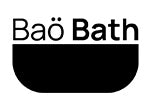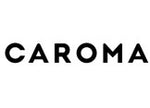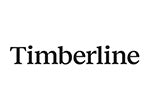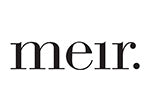The water inlet is where the fresh water supply enters and fills up your cistern.
Bottom Water Inlet - A bottom water inlet is where the water inlet is through the side of the toilet pan into the bottom of the cistern. You will easily be able to identify a bottom inlet as there is a tap on the wall with hose going to the side of the toilet. You will need to replace a bottom inlet toilet with another bottom inlet toilet, unless you are undertaking a major renovation.
Back Water Inlet - A back water inlet is where the water inlet location is concealed within the top of the cistern, giving a sleek and modern look. Popular when undertaking a major renovation, but your plumber needs to be advised you are using this type of toilet before the sheeting of the wall commences.
Universal Water Inlet - Some toilets are supplied with a conversion kit that allows them to be installed as either bottom or back inlet.













